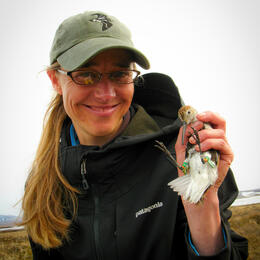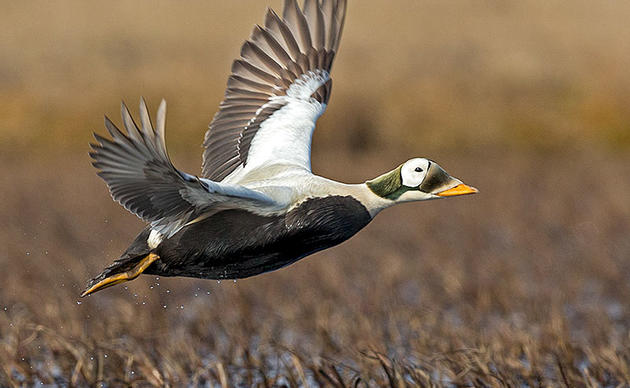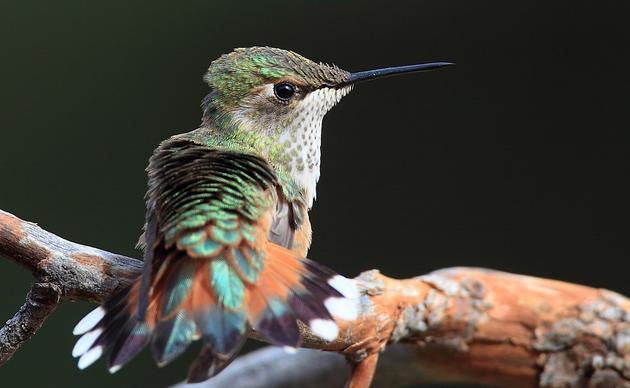At the 35th annual Copper River Delta Shorebird Festival in May 2025, hundreds gathered in Cordova, Alaska, to honor one of the most important migratory shorebird sites in the Western Hemisphere. The celebration marked 35 years since the Copper River Delta was designated a Site of Hemispheric Importance in the Western Hemisphere Shorebird Reserve Network (WHSRN)—the first such site in Alaska and among the earliest in the network’s history.
The four-day birding festival—featuring guided birding trips, art workshops, family activities, and community celebrations—honored a legacy of science, partnerships, and conservation.
The Copper River Delta is the largest contiguous wetland system along the Pacific Coast of North America. It consists of a network of glacially fed wetlands, rivers, and tidewater sloughs. Each spring, up to 5 to 8 million migratory shorebirds gather here to rest and refuel before continuing to Arctic and Boreal breeding grounds. During spring migration, the Copper River Delta supports the largest concentrations of Western Sandpipers and Dunlin along the Pacific Flyway.
WHSRN is a coalition of over 125 critical shorebird sites in 17 countries, protecting more than 40 million birds annually. Sites are recognized at one of three levels—Regional, International, or Hemispheric—based on the number of shorebirds they support. Hemispheric sites, like the Copper River Delta, are the rarest and most significant, each hosting at least 500,000 shorebirds annually or 30% of a species’ biogeographic population.
During a special festival ceremony, Julia Salazar, Salt and Shorebird Specialist for the WHSRN Executive Office, presented commemorative certificates to long-time site partners: the U.S. Forest Service Chugach Forest, City of Cordova, Alaska Department of Fish and Game, and Native Village of Eyak. Each partner plays a role in stewarding the delta’s ecosystems, which also support salmon, waterfowl, moose, and numerous other species of birds.
The 35th anniversary of the shorebird festival and the site designation underscored that conservation goes beyond habitat protection; it’s about building enduring relationships between people, communities, and landscapes. The Copper River Delta’s success stems from collaboration among government agencies, Alaska Native and Tribal corporations, scientists, and residents who share a commitment to sustaining its migratory bird populations and cultural heritage.
As the ceremony ended, one message resonated among the invited speakers: shorebird conservation transcends geography and cultures. It thrives in the connections we forge across borders, the knowledge we exchange, and the choices we make to protect what migratory shorebirds—and communities—need to thrive. The Copper River Delta’s three-decade legacy is a testament to what can be achieved when communities unite for the sake of both migratory birds and sustainable communities.






